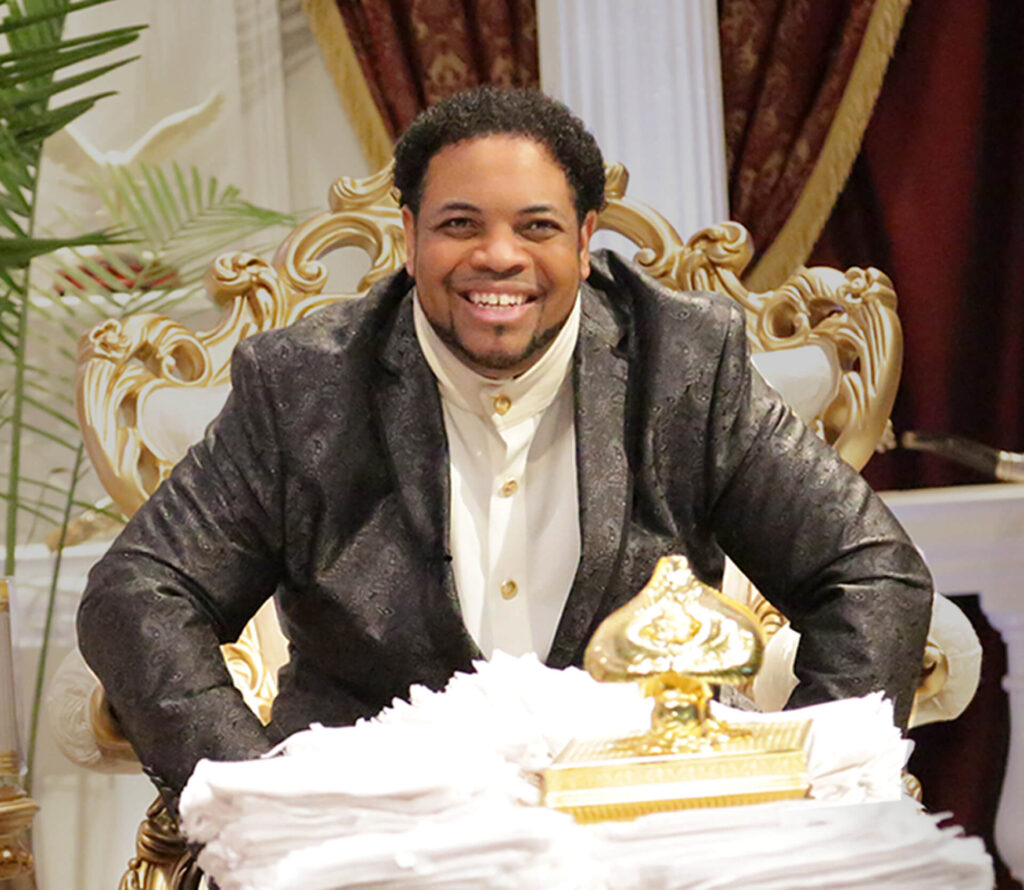A medieval Jewish community that committed mass suicide to avoid anti-Semitic violence.
Religion: Judaism
Founded: 12th Century
Ended: 1190
Location: York, England
Other Names: The York Massacre, Clifford’s Tower Massacre
The history of the Jews in York is a tale marked by medieval tragedy, resilience, and the gradual healing of old wounds. It spans from the catastrophic events of 1190, when the entire Jewish community was massacred, to the modern efforts to acknowledge and memorialize this dark chapter in the city’s history.
Following the Norman Conquest of 1066, Jews from Rouen, France, were invited to England by William the Conqueror. They played a crucial role in the economy, lending money to the crown and nobles, as Christians were forbidden from money-lending. The Jewish community flourished in cities across England, including York, where they were initially protected by the crown. However, by the mid-12th century, anti-Semitic sentiments and accusations, such as the notorious ‘Blood Libel’, began to rise, fueled by theological disputes and economic envy.
The massacre at Clifford’s Tower in 1190 stands as one of the most heinous anti-Semitic events of the Middle Ages. This tragic event took place on March 16, 1190, when the Jewish population of York sought refuge in the royal castle’s tower, now known as Clifford’s Tower, to escape a violent mob.
The immediate cause of the siege of Clifford’s Tower was the death of a Jewish citizen from York, Benedict, who was attacked while attending the coronation of Richard I in London. The coronation had already been marked by anti-Jewish riots, and the false rumor that the king had ordered a massacre of the Jews further inflamed the situation. Upon Benedict’s return to York and his subsequent death, tensions escalated, leading to the targeting of the Jewish community.
As the mob surrounded the tower, the Jews inside faced a choice between conversion to Christianity, death at the hands of the mob, or suicide. Many chose the latter, preferring to die by their own hands rather than renounce their faith or be killed by the attackers. The few who surrendered were killed anyway, making the incident one of the worst anti-Semitic massacres of the Middle Ages.
In the aftermath of the massacre, the Jewish community in York was nearly wiped out, and the event became a symbol of the extreme anti-Semitism that existed in medieval England. In the centuries that followed, Jews faced continued persecution across England, culminating in their expulsion in 1290. It wasn’t until Oliver Cromwell’s era in the mid-17th century that Jews were allowed to return. The Jewish presence in York fluctuated over the centuries, with a brief revival in the late 19th century and again with the influx of kindertransport refugees during World War II.
Recent research and archaeological findings have shed light on the post-massacre period, revealing that the Jewish community in York managed to rebuild itself in the decades following 1190. Despite facing ongoing discrimination, leading Jewish figures played significant roles in the city’s social and economic life. The discovery of York’s first synagogue and the homes of prominent Jewish families from the 1200s signifies a remarkable resilience and integration into York’s fabric. These findings challenge the narrative that the 1190 massacre led to the permanent absence of Jews from York, showing instead a complex history of coexistence and conflict leading up to the expulsion of Jews from England in 1290.
The modern era has seen efforts to properly recognize and memorialize the Jews of York. Initiatives include the installation of a plaque at Clifford’s Tower, the planning of a permanent exhibition detailing the Jewish history of York, and the establishment of a peace garden dedicated to tolerance in the shadow of Clifford’s Tower. These efforts reflect a broader willingness to confront and acknowledge the city’s past atrocities while celebrating the endurance and contributions of its Jewish community.
Today, there’s a revitalized Jewish presence in York, symbolized by the arrival of a new rabbi and the active participation of about 200 Jews in local community life. This renaissance, over 800 years after the massacre, illustrates a journey from tragedy to healing and the enduring spirit of a community that has faced unimaginable adversities.
image via English Heritage




